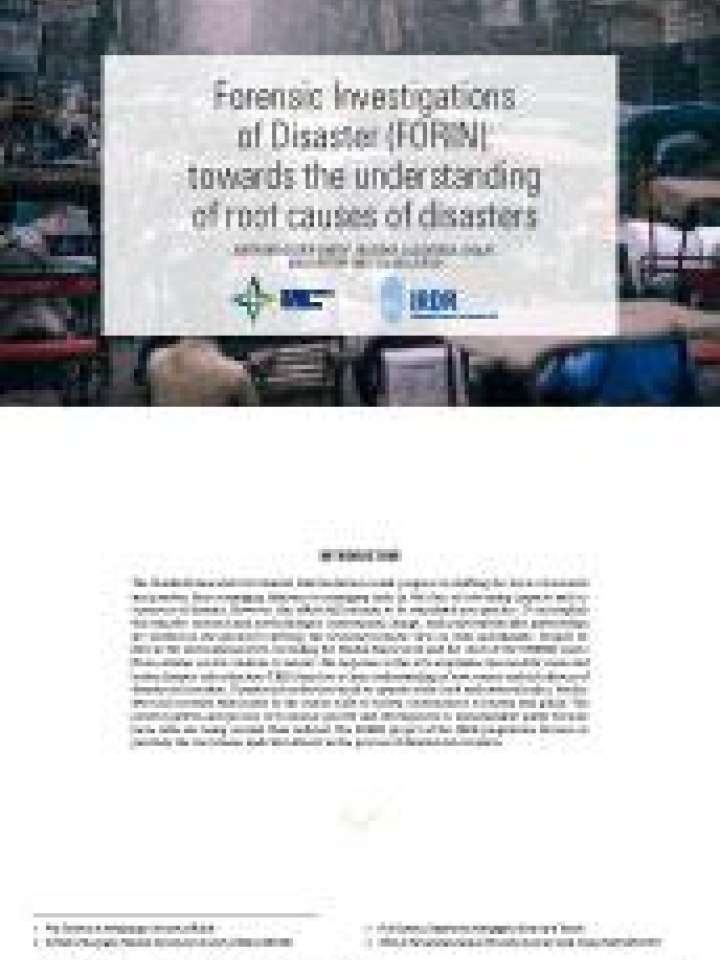Forensic Investigations of Disaster (FORIN): towards the understanding of root causes of disasters
Disaster risk reduction tends to operate at the local and national scales, but disaster risk creation takes place at the macro scale of society, environment, economy and policy. The present pattern and process of economic growth and development is unsustainable partly because more risks are being created than reduced. The FORIN project of the IRDR programme focuses on precisely the root causes and risks drivers in the process of disaster risk creation.
This brief introduces the following policy recommendations:
- Identify and mitigate the systemic, structural underlying root causes and risk drivers at global, national and local levels. Identifying and analyzing processes of risk construction must involve a wide range of underlying causes and drivers which participate in the social creation of disaster risk.
- Shift from the perspective of “extreme events” in terms of natural or physical magnitude towards “high impact events and contexts”, (which are of often small- and medium-scale events that take place in societies with high levels of vulnerability and exposure) where analysis of the social conditioning factors associated with risk should be a priority.
- Shift from the all-but-exclusive focus on the disaster site to greater attention to the multiple sites where both policies and practices are developed and outcomes play themselves out. Since spatial and temporal scale analyses are co-dependent in that the further the analysis goes back or prospectively forward in time, the wider the spatial/institutional dimensions of causality must become.
- Causes must be linked with effects to identify policies or practices that can manage processes of risk construction informed by awareness of the trade-offs inherent in any process of risk management.
- Identify steps, actions and policy changes that fully integrate institutional and social dynamics, behaviours, norms and values to link DRM to the wider development portfolio, and move towards transformation.
- Formally embed responsibilities for Disaster Risk Reduction in legal frameworks of national governments, to bring those interests and forces that construct risk to accountability.
- Create bridges among all the various stakeholders to achieve common understanding and enable the kind of close communication that is necessary for holistic, integrated and participatory research and practice in Disaster Risk Reduction through root cause and risk driver analysis.
Explore further
